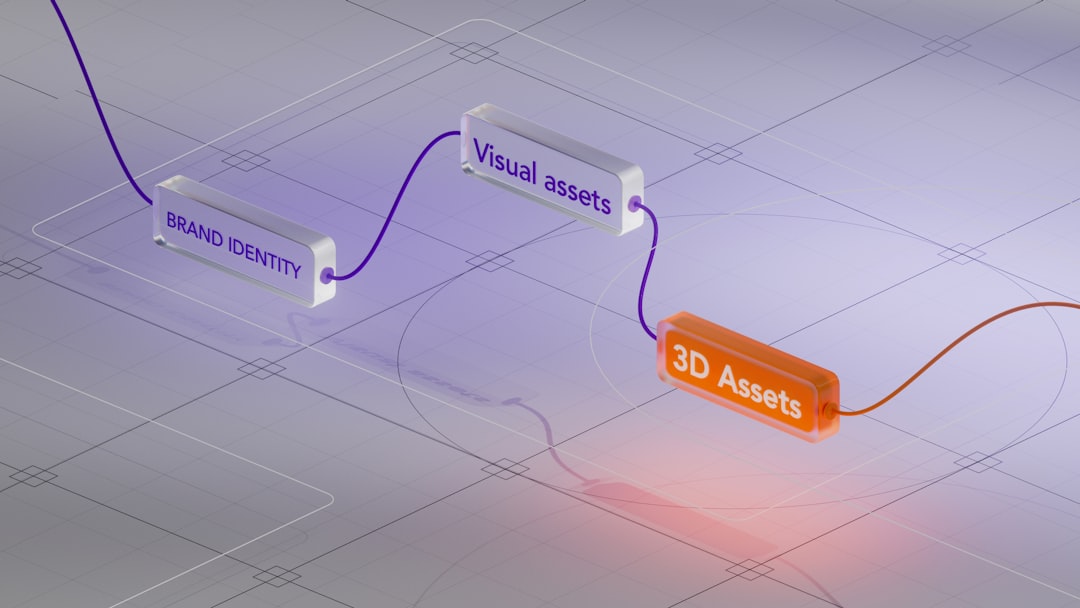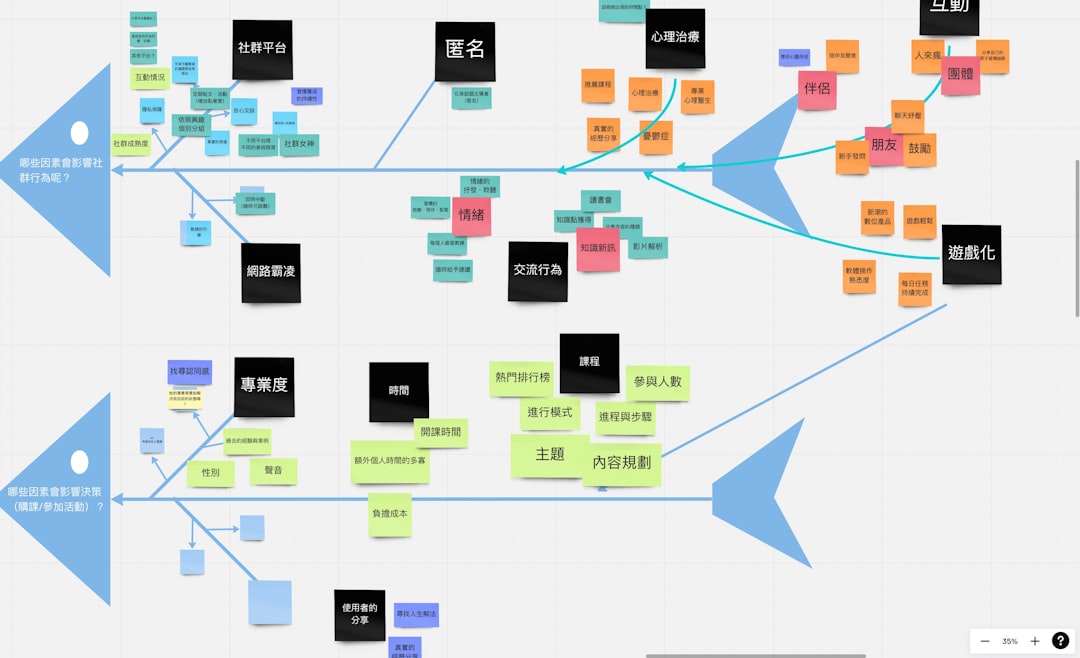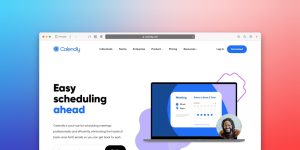
In the rapidly evolving world of digital marketing and customer acquisition, leveraging advanced tools to streamline lead qualification can make a significant difference. An Automated Response System (ARS), combined with video content, presents a powerful solution to engage prospects, qualify leads, and accelerate the sales pipeline.
This step-by-step tutorial will guide you through building an ARS video workflow designed specifically for lead qualification, establishing a responsive, scalable system that serves prospects with personalized video replies based on their behavior and input.
Why Use an ARS Video Workflow for Lead Qualification?
In a traditional sales setup, qualification often involves significant time and manual effort from sales representatives. By integrating ARS into your customer engagement workflow, you benefit from:
- 24/7 engagement without human intervention
- Personalized video replies based on user inputs
- Automated data collection for CRM systems
- Shortened qualification cycles
The outcome? Improved conversion rates and more efficient sales interactions.
Step 1: Define Your Lead Qualification Criteria
Begin by clearly outlining what makes a lead “qualified” for your sales team. This typically includes:
- Demographics: Company size, location, industry
- Behavioral attributes: Web activity, video watch history, interaction level
- Budget, authority, need, and timeline (BANT): Key sales readiness metrics
These criteria will shape how your ARS workflow evaluates and responds to viewer input.
Step 2: Map Out the User Journey
Create a visual map of how a user will interact with your ARS video workflow, covering:
- Entry points (such as ad clicks, website visits, or email links)
- Decision points where users provide input (selected via buttons, forms, or quizzes)
- Trigger conditions for delivering different video replies
Ensure each step logically progresses toward qualifying the lead or redirecting them to a nurturing path if unqualified.

Step 3: Create Segmented Video Content
The effectiveness of your ARS workflow depends on how well your video responses align with user needs. Prepare distinct videos for different response segments, such as:
- Introduction Video: A general greeting and an overview of your solution
- Segment-Specific Replies: Videos tailored to user responses (e.g., small vs. large business)
- Nurture Content: Educational content for leads not yet ready to be contacted by sales
- Product Demos: In-depth walkthroughs for highly qualified leads
Each video should be concise, deliver value, and encourage further engagement. Keep the tone professional, yet approachable.
Step 4: Select Your ARS Video Platform
Choose an ARS platform that integrates video with automation tools. Popular options include:
- Vidyard – Offers video personalization and integration with CRM and marketing automation tools
- Hyperise – Supports dynamic video personalization and behavioral triggers
- Bonjoro – Focuses on personalized video emails and messaging
- Intercom with Loom – Allows for personalized responses using pre-recorded videos connected to chatbots
Ensure your selected platform supports video branching (conditional logic), lead scoring integrations, and analytics dashboards.
Step 5: Build Conditional Logic and Interactive Layers
Most advanced ARS platforms allow you to add interactive layers or decision trees on top of videos. At this stage, incorporate these key features:
- CBTs (Call-to-Buttons): Let viewers choose options to guide the conversation
- Lead capture forms: Integrated directly into the video
- Conditional branching: Based on user responses, different video paths are triggered
Example: A prospect selects “I’m a startup founder,” which redirects them to a video case study and then prompts a scheduled call if qualified.
Step 6: Connect to Your CRM and Scoring System
The power of an ARS lies in its ability to feed real-time data into your CRM. Set up integrations with tools such as:
- HubSpot
- Salesforce
- Zoho CRM
- Marketo
Create triggers so that once a user completes a qualifying path, actions like contact creation, lead scoring update, or task assignment occur automatically.

Step 7: Test the Workflow Thoroughly
Before going live, review the workflow under multiple scenarios. Focus on the following:
- Video quality and load times
- Accurate logic branching
- Correct data submission in forms
- Seamless CRM integration
It’s advisable to get feedback from a cross-functional team—sales, marketing, and even a few external stakeholders. Identify any friction points that can reduce lead engagement.
Step 8: Launch and Monitor KPIs
With testing complete, publish the workflow and begin monitoring its performance. Track Key Performance Indicators (KPIs) such as:
- Video engagement rates
- Conversion to qualified leads
- Drop-off points in the video path
- Speed to sales appointment
Use insights to iteratively refine video content, CTA wording, or workflow structure.
Step 9: Optimize Based on Real Lead Feedback
After gathering sufficient data, re-segment your leads based on their interaction data. Interview qualified and disqualified leads to understand:
- What video messaging worked
- Where the ARS flow fell short in conveying value
- Which CTAs resonated best
Your ARS video system should never be static. Continuous optimization is key to maintaining relevance and resonance as buyer expectations evolve.
Conclusion
Building an ARS video workflow for lead qualification is a strategic investment that pays returns in reduced sales cycles, increased personalization, and higher conversion rates. By combining structured logic with relevant, professional video content, businesses can guide prospects efficiently through qualification—automatically and at scale.
Remember that while technology can automate, success ultimately relies on the quality of your content and how well you understand and serve your audience. Start simple, test relentlessly, and continuously evolve your workflow for the best results.






